- As a symbol of imperial power, the lion should have become a royal totem
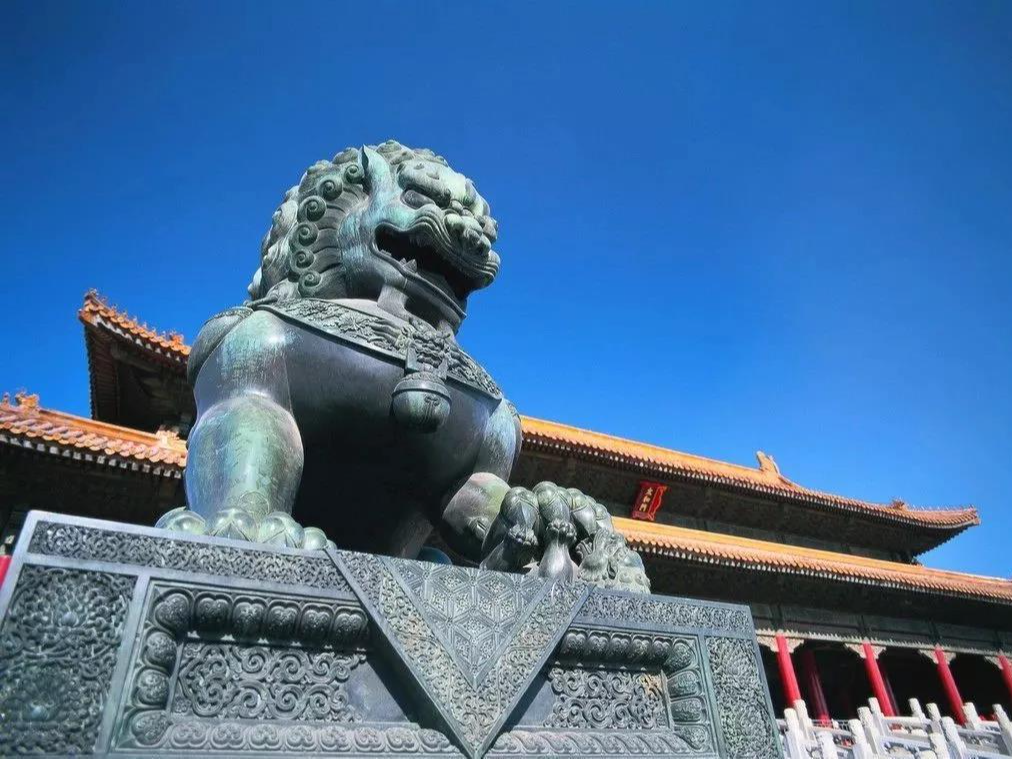
The lion, the most continental raw carnivore that humans can see, is native to western Asia and Africa. It is recorded in historical records. In the first year of the Eastern Han Dynasty (87 AD), King Assathis I of Rest (now Iran) sent a caravan Along the Silk Road, the lion was sent to China as a gift to Emperor Zhang. Since then, the lion has become the cute pet of the royal queen, to reflect the majesty and domineering of the imperial power.

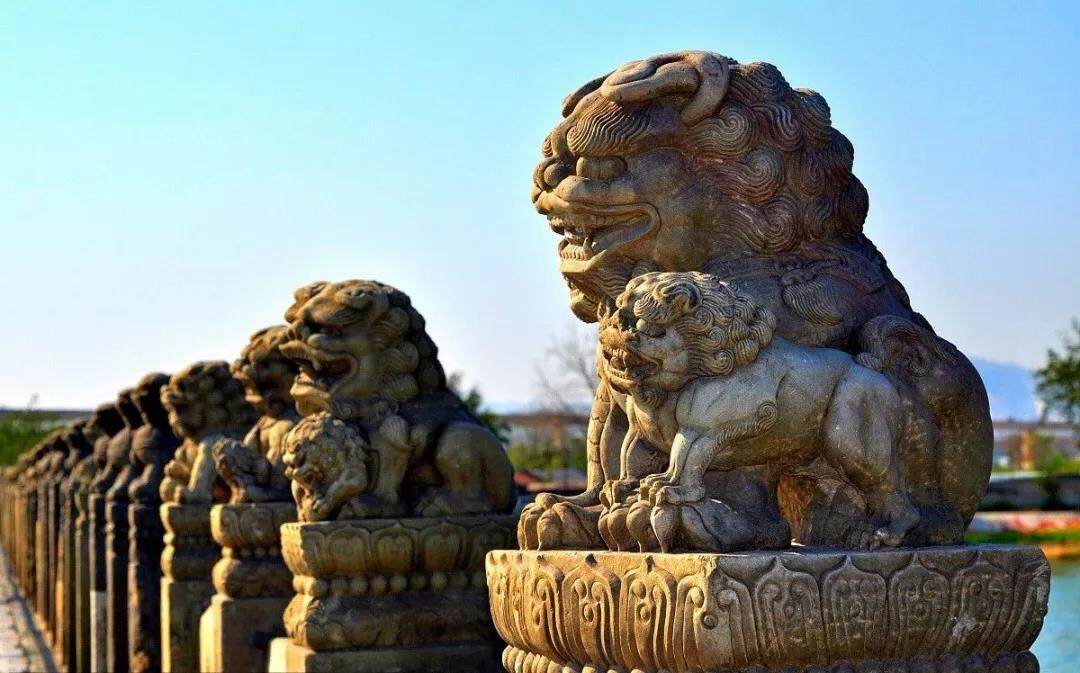
Lion rank
Because it was used as a symbol of imperial power, the lion should have become a royal totem. In 1795, "Yangzhou Painted Boat Records" by Qing Li Dou had standardized content for lions: separate head, face, body, legs, teeth, hips, embroidered belts, bells, screw threads, roll chisel embroidered beads, chisel cubs, in short Need a hideous face, grinning teeth, bulging muscles, horny head.
In the main halls of the Palace Museum, there are 45 stone lions swirling on their heads. They are round and full. This is the exclusive stone lion symbol of the royal family. The emperors of the past dynasties are called the "Ninth Five-Year Sovereign", so the lion's hair spins 45 representatives of the supreme imperial power. At the same time, it is stipulated that the lions in front of the officials of the first grade use 13 to spin, and the second grade is 12, in descending order, and the lions are not allowed to be used at the door of officials below the seventh grade.
According to records, the Timur dynasty of the Ming Dynasty paid a tribute to a lion, and the reward was 30 boxes of merchandise. Each box was filled with precious crafts such as silk and brocade. The rewards for a lion are really rich.

The scene of the Western Regions tribute lion painted in the Ming Dynasty "Imperial Capital Accumulating Victory Picture" in the National Museum of China

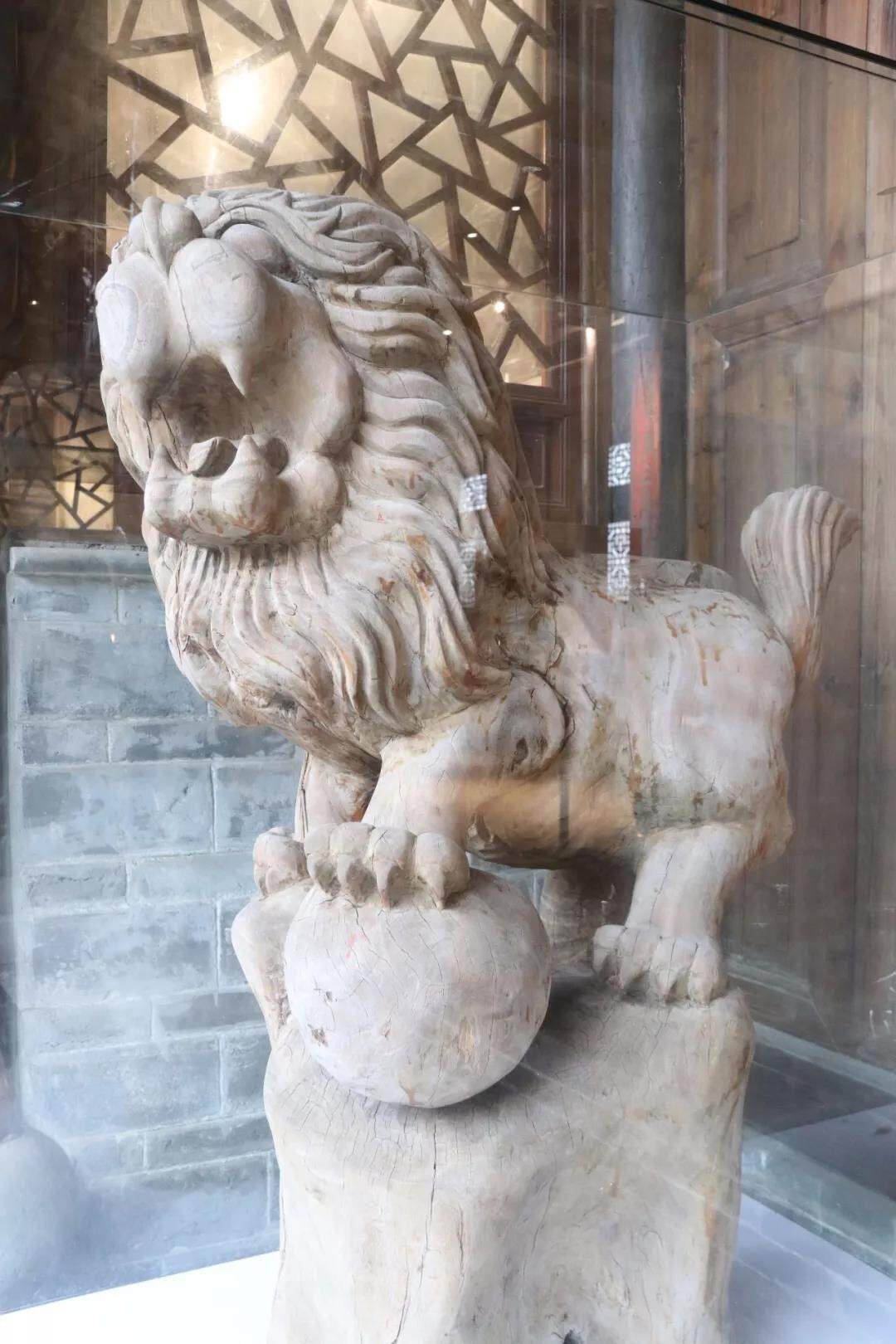
Lion application
Folk craftsmen use a large number of lion shapes in carvings, but they are mostly "silly", "docile", and "soft and charming". Firstly, it is because folk craftsmen have never seen a real lion. It is based on the fact that it is based on falsehood and subjective conjecture. The second reason is to avoid the restrictions of "imperial power" and create a new look like a lion but not a lion.

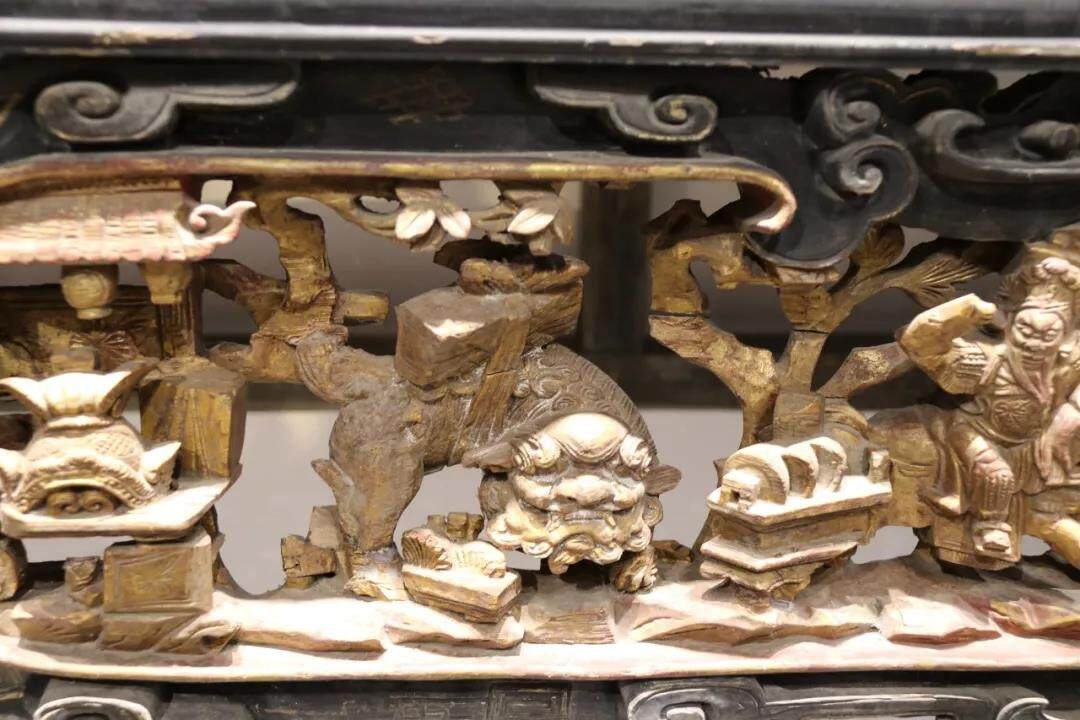
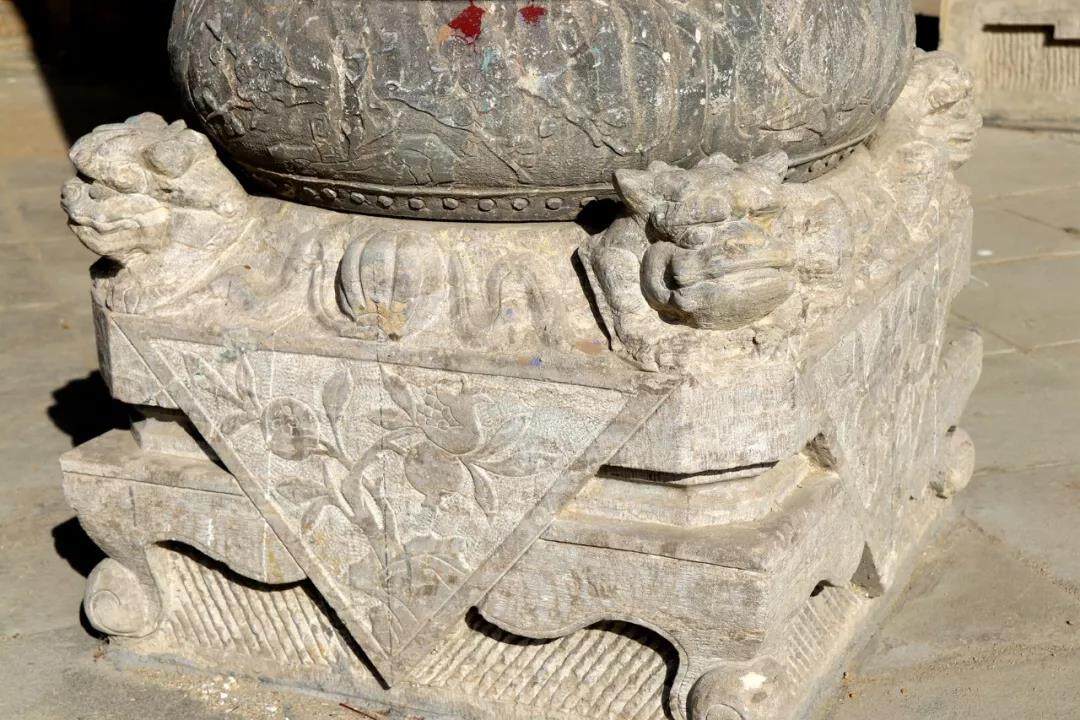
Regarding the lion, it is indeed not something ordinary people can see with their own eyes. Legend has it that Ji Yun (Ji Xiaolan), a famous literati in the Qing Dynasty, never saw a real lion once in his life. Editor/He Yuting
Comment
 Praise
Praise
 Collect
Collect
 Comment
Comment
 Search
Search






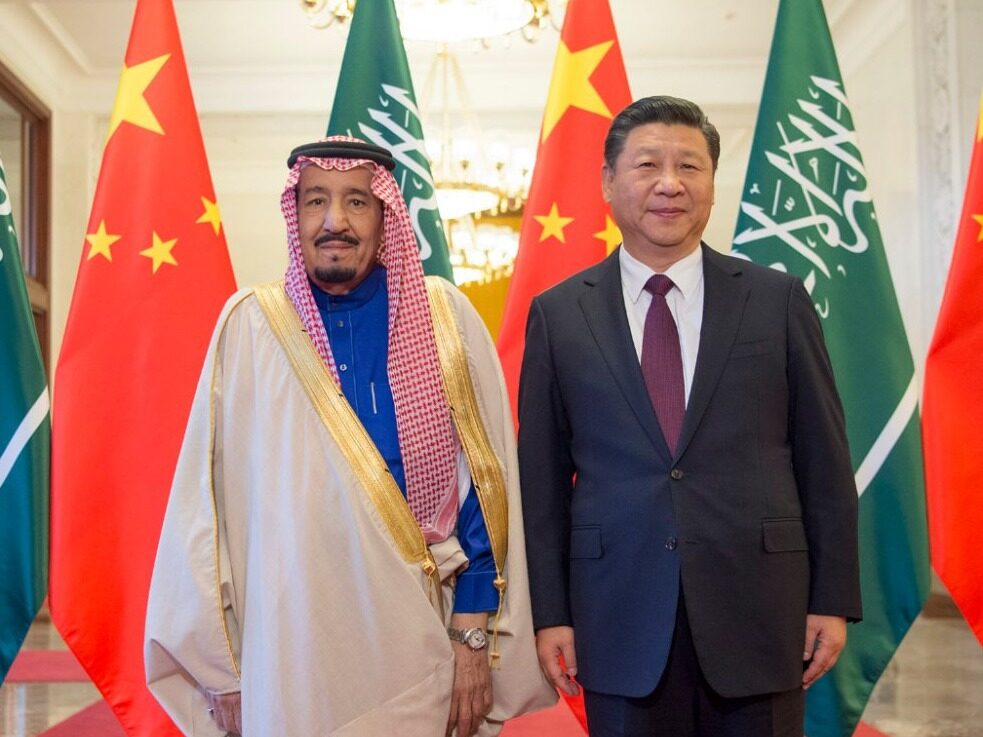







Write something~